Cargando...
Recursos educativos
-
Nivel educativo
-
Competencias
-
Tipología
-
Idioma
-
Tipo de medio
-
Tipo de actividad
-
Destinatarios
-
Tipo de audiencia
-
Creador
Lo más buscado
- Teoría del arte
- ejercicios lengua primaria
- Animales marinos
- Uso de g y j
- Descargar ejercicios de ingles
- Arte español
- Leonardo da Vinci
- Guía de fracciones
- Aprender a educar
- Recetas para niños
- Aula interactiva la rueda de los alimentos
- Derechos infantiles
- Dividir por cifras
- Actividades de lenguaje
- fichas colorear
-
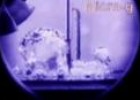
Noticiencias NASA - La Ebullición en el Espacio
EducaMadrid Organización
- 4078 visitas
Noticiero presentado por niños en el que explican por qué la NASA hierve líquidos en el espacio.
-
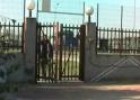
La sequía
EducaMadrid Organización
- 2 lo usan
- 3597 visitas
Vídeo presentado al concurso "Jóvenes reporteros" que trata sobre el agua como un bien escaso que debemos saber administrar correctamente. Resumido por los alumnos: "Un grupo de alumnos del I.E.S.…
-
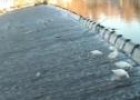
El agua es el vehículo de la naturaleza
EducaMadrid Organización
- 3 lo usan
- 3490 visitas
Trabajo sobre el agua realizado por alumnos de 4º B participante en el concurso "Jóvenes Reporteros" de 2007-2008.
-

ÇöpKutusu (Garbage Bin) - Turquía
EducaMadrid Organización
- 4101 visitas
Video ganador del concurso Jóvenes Reporteros 2006-2007 en Turquía sobre el vertido de basuras y desechos en el mar.
-
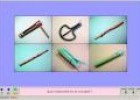
Instruments i jugarois musicals de les Pitiüses
Xtec Organización
- 1 lo usan
- 3814 visitas
Proposta didàctica sobre els instruments típics d`Eivissa i Formentera. Es fan conèixer les característiques de cadascú, el seu so, l`ús que se`n fa, etc. Les fotografies permeten il·lustrar…
-
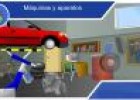
Taller mecánico: máquinas y aparatos
Educación Navarra Organización
- 1 lo usan
- 3741 visitas
Unidad de aprendizaje interactiva ambientada en un taller mecánico, donde el alumno a través de la exploración y el juego podrá conocer e identificar distintas máquinas de nuestro entorno y su…
-
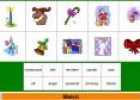
Merry Christmas
Xtec Organización
- 3939 visitas
Propuesta de ejercicios sobre la celebración de la Navidad en los países anglosajones: costumbres, símbolos, celebraciones, etc. La propuesta pretende trabajar el vocabulario navideño al tiempo que…
-
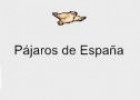
Pajaricos
Tiching explorer Organización
- 1 lo usan
- 3765 visitas
Página web con información sobre los pájaros de la península Ibérica: su identificación, nidificación, alimentación, hábitats, canto y tamaño. Se encuentran clasificados por el nombre común,…
-

Sopa de letras: el tiempo
Tiching explorer Organización
- 3927 visitas
Sopa de letras sobre el tiempo en el que los alumnos deben encontrar los diez planetas que están escondidos entre las letras de la sopa, resolviendo la encrucijada a través de un juego que amplía su…
-

Usa el coco: razonamiento con números 27
Tiching explorer Organización
- 1 lo usan
- 3673 visitas
Problema matemático interactivo para resolver por alumnos de Tercer Ciclo de Primaria que pone a prueba el razonamiento lógico de los alumnos a través de operaciones y estrategias de cálculo que…
Te estamos redirigiendo a la ficha del libro...













